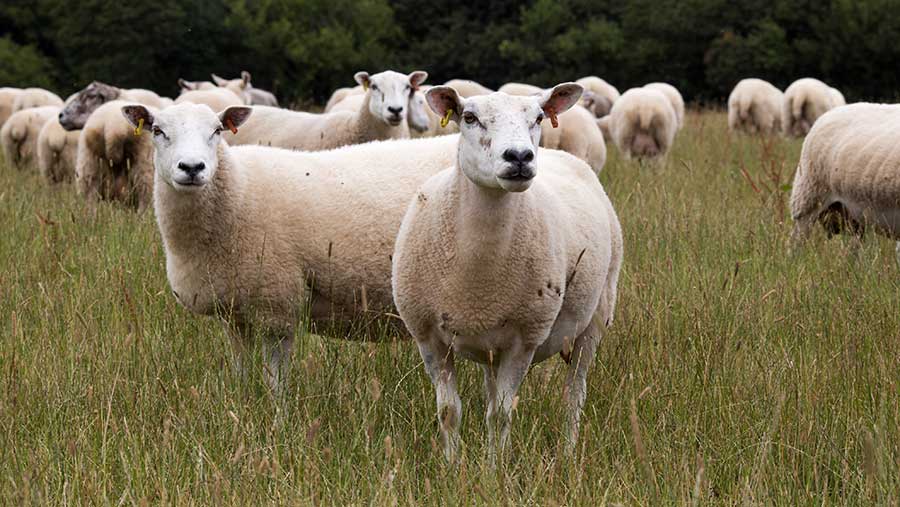FW Opinion: Time to show the sheep sector a bit more love
 © Tim Scrivener
© Tim Scrivener In case it passed you by, this week has been Love Lamb Week – a £1.5m, seven-day promotion of everything that’s good about sheep farming in general and lamb in particular.
As well as new recipes and fact sheets about the nutritional benefits of sheepmeat, there has been an emphasis on “sustainability”, focusing on the natural, low-intensity ways in which lamb is produced in the UK.
Sustainability is a popular buzzword – but while the mind automatically goes towards matters environmental, to be sustainable also means to be profitable.
See also: Direct lamb sales help #FeedTheNation
About the author
 Philip Clarke
Philip Clarke
Executive editor, Farmers Weekly
Contact:
E: philip.clarke@markallengroup.com
T: @FWphilclarke
Read more articles by Philip Clarke
Fortuitously, prices of finished stock have held up rather better than people had expected this year, as have store and breeding values.
Retail sales have done well during Covid-19, and exports have increased in value.
Price of wool
But there are many blots on the ovine landscape, too – not least the dismal price of wool, with some producers chucking away what is now effectively a waste product.
Rising feed costs as autumn and winter approach is another worry, given the tighter availability of supplementary feed this year.
But the greatest concern has to be Brexit and the current impasse between London and Brussels, which makes a no-deal outcome such a possibility.
The consequence would be an instant 46% tariff on sheep exports.
Decimate the market
Given that the UK currently exports 35-40% of its lamb and the vast majority of this is to EU countries, this would decimate the market.
Even if there is a deal – and that still seems the more likely outcome, just – the UK will face considerable new costs in trading with our former EU partners, which will put downward pressure on prices.
With just four months until the end of the transition period, there is still much to be sorted in terms of the logistics of trading outside the single market.
Market disruption seems inevitable, with a strong chance there will be delays at the border and even returned shipments.
There is also likely to be a rush from producers to sell and export lambs in the final quarter of the year, which could pressure the market further.
And then there is the vexed question of trade deals with other non-EU countries.
The prospects of improved export opportunities for sheepmeat have been held up by international trade secretary Liz Truss as a potential boon for sheep producers as part of any free-trade deal with the US.
But the reality is that US consumer demand for lamb and mutton is tiny compared to beef, and the market is already well supplied by New Zealand and Australia.
Volatility certain
The one thing that seems certain, however, is volatility, with the real possibility of the bottom falling out of the sheep market in the months and years ahead.
It is therefore incumbent on the government to pull out the stops – first to agree a trade deal with the EU, and then to ensure all the nuts and bolts are in place to keep that trade as frictionless as possible.
It should also stop over-egging the potential gains for sheep producers from a possible free-trade deal with the US, which amounts to little more than a token gesture.
And it must ensure a contingency plan is ready to go in case of a no-deal Brexit – perhaps a ewe payment or a finished lamb premium to underwrite incomes in the immediate aftermath.
With the clock ticking, it’s time the government showed the British sheep sector a bit more love.
